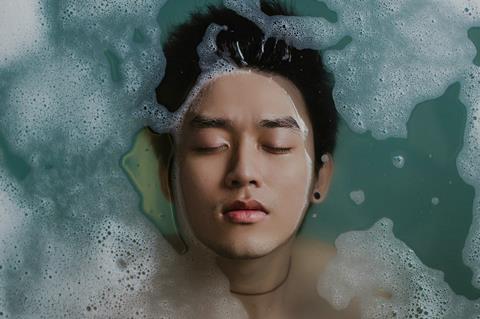A recent review in the Journal of Dermatologic Science and Cosmetic Technology examined microbial biosurfactants as sustainable alternatives to synthetic surfactants in shampoo formulations. The authors, from Bhupal Nobles’ University in India, addressed the growing demand for environmentally friendly and dermatologically safe cleansing agents, and emphasized the need to transition from petrochemical-based ingredients such as sodium lauryl sulfate (SLS) to biodegradable biosurfactants.

“Traditional surfactants like SLS and SLES are effective cleansers but raise major concerns due to poor biodegradability, aquatic toxicity, and high irritation potential. They disrupt aquatic ecosystems and can produce harmful byproducts, prompting the cosmetics industry to seek greener alternatives,” explains lead and corresponding author Shaziya Yasmeen Sayeed.
“Biosurfactants produced by microorganisms through fermentation are amphiphilic molecules that reduce surface and interfacial tension while offering improved environmental compatibility. Among them, rhamnolipids and sophorolipids are the most promising for personal care due to their strong surface activity, mildness, and high biodegradability.”
Microbiome friendly
The authors found that rhamnolipids and sophorolipids achieved 85–95% sebum removal efficiency, retained over 75% foam volume, and biodegraded within 7–14 days at rates up to 95% —qualities that greatly surpassing synthetic counterparts. Importantly, their irritation index remains below 1.0, and they cause less than 10% protein loss in skin models, compared with the 40% protein denaturation caused by SLS. These results confirm their suitability for sensitive skin and microbiome-friendly shampoo applications,” adds Sayeed.
Nonetheless, the adoption of biosurfactants faces challenges. Notably, their production cost (US$20–40/kg) is much higher than that of petrochemical surfactants, and their physicochemical stability can be affected by pH and ionic conditions.
Topics
- Asia & Oceania
- Bhupal Nobles’ University
- biodegradable biosurfactants
- Clean Water
- Commercialising the microbiome
- Human Microbiome
- Microbial Fermentation
- One Health
- Personal Care Product & Cosmetics
- Research News
- rhamnolipids
- Shaziya Yasmeen Sayeed
- Skin Microbiome/Mycobiome
- Strategies for Sustainability
- Sustainable Microbiology







No comments yet